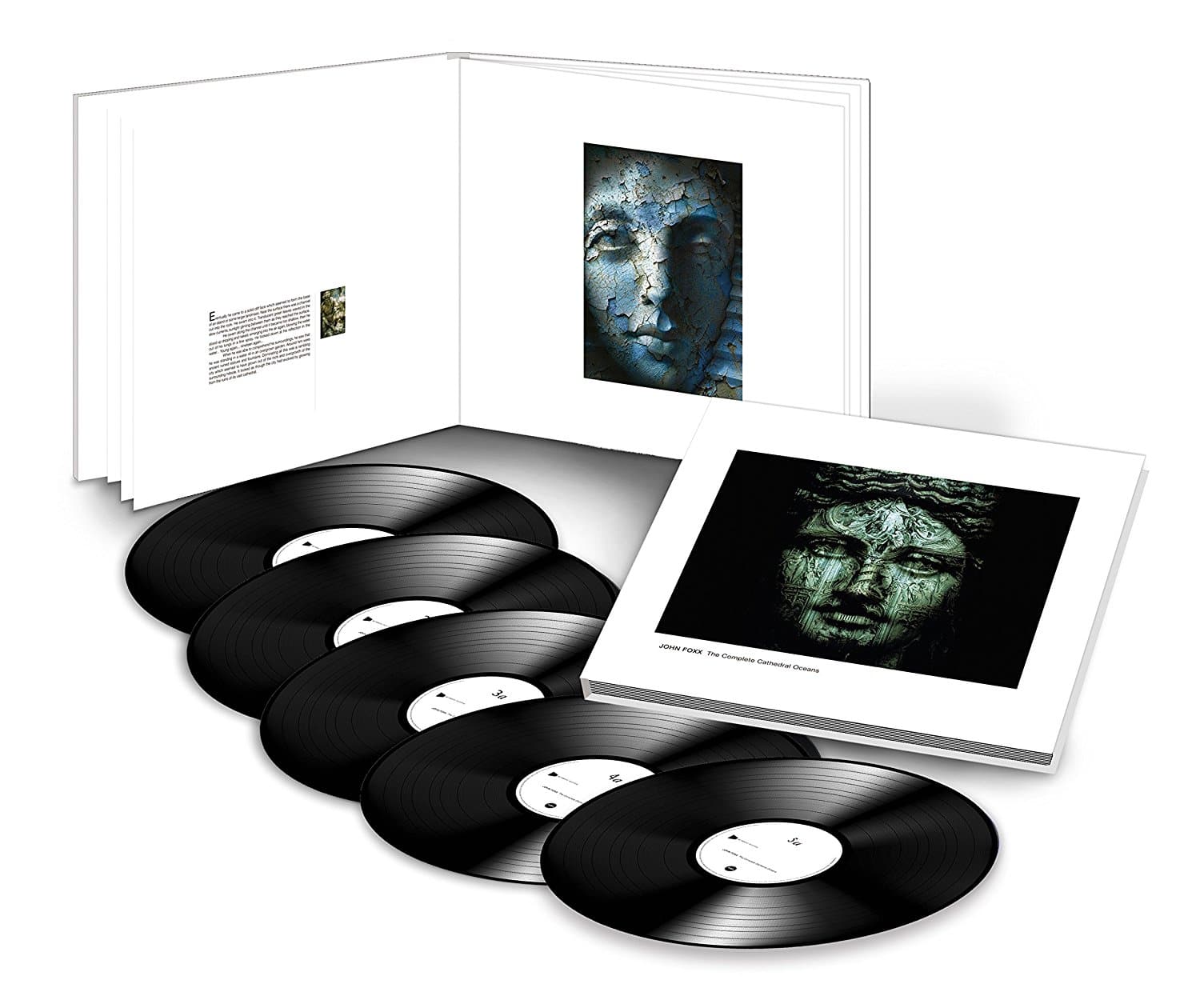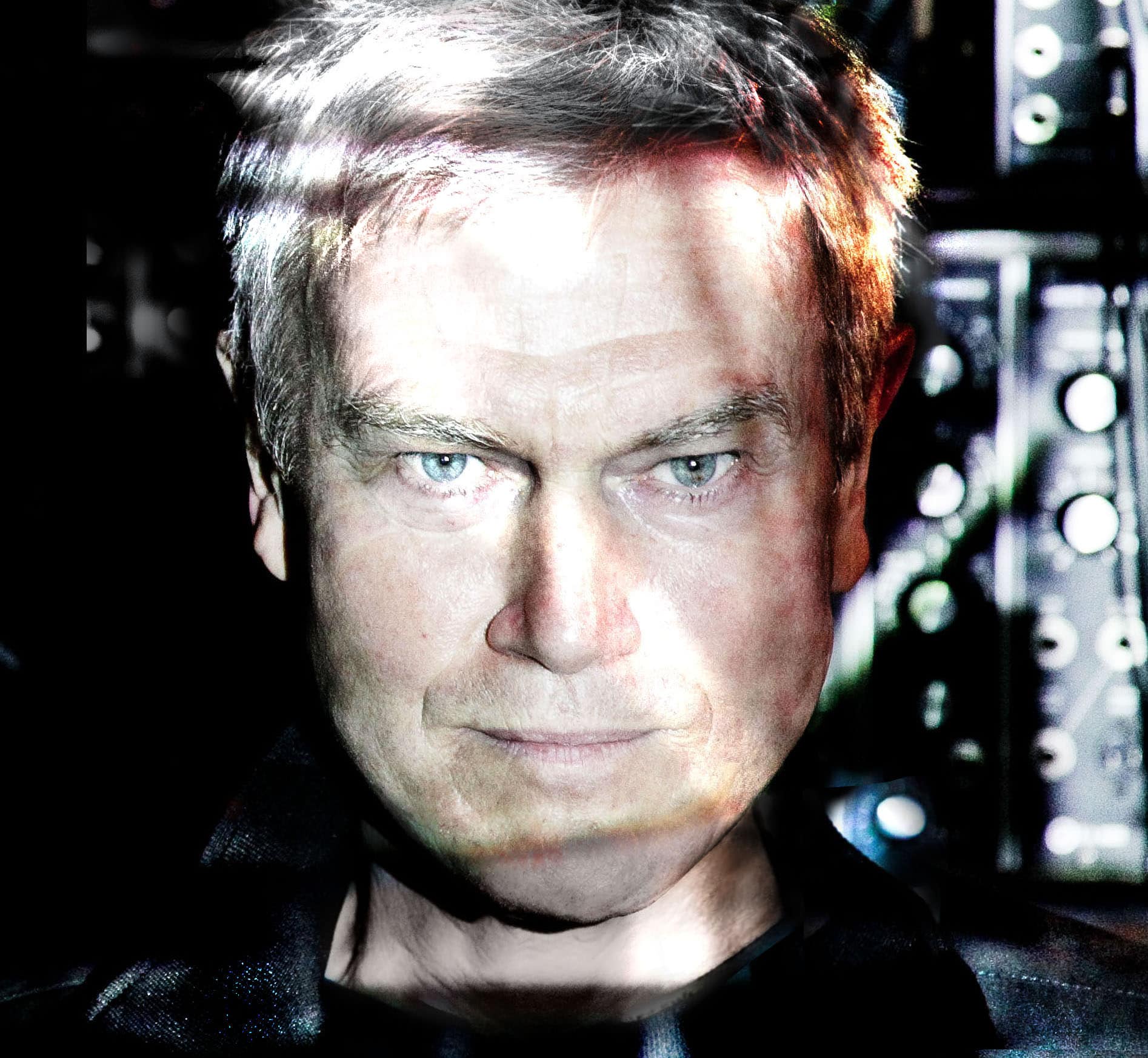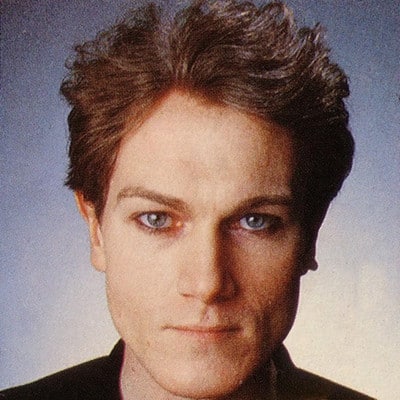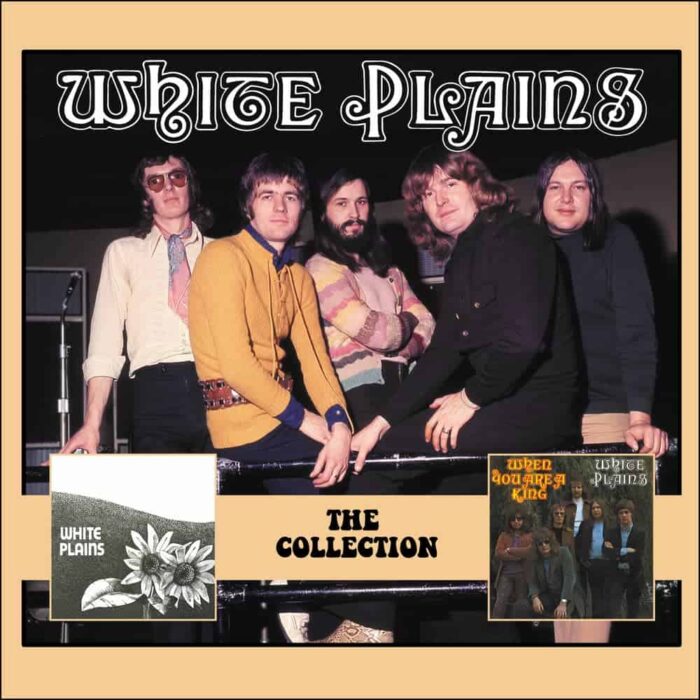The Article
JOHN FOXX: Communing With Nature On a Sea of Ambience
22nd July 2017

Title: Cathedral Oceans
Label: Metamatic
Some music fans will see the name John Foxx and immediately associate the figure with the early days of the group, Ultravox (or Ultravox! as was). As its original front man, he oversaw the group’s progress with a distinct post punk flavour then left to form a solo career in 1979, which has been notable for its experimentation and exploration. His ideas might regularly take flight but they always do so with electronics as the central hub, the frame of the message or even the tools that provide his sonic palette.
Musically, Foxx never stays still for too long, transforming his style and approach to his music on a regular basis. For a time, though, in 1995, 2003 and 2005, he looked towards ambient music as a canvas to paint as he produced three works under the Cathedral Oceans monicker. The albums, Cathedral Oceans I, Cathedral Oceans II and Cathedral Oceans III were a time to muse, contemplate and pause. The tranquil and restful nature of the soundscapes within each volume hinted as such. The music itself mused upon the idea of a London overgrown by plants. A city, slowly being subsumed beneath Nature.
There was a resonance from within, though. A reason, a rebellion, even. One that realised itself when he visited Italy.
“I lived in Finsbury Park. London, at that time, was very bleak,” Foxx explained to AtomicDuster magazine. “I was between there and Chorley and Manchester most of the time, so basically it was the difference between having everything heavy and grey or sunny, warm and comfortable. No contest. I felt like I’d reconnected to parts of myself I’d almost forgotten about and it was great to enjoy the air for a change. It was like escaping from a concentration camp. Then, of course, there was all the cultural stuff I picked up. You know, the history, the renaissance painters, the architecture…and I loved getting lost in Venice. I found this place called Bormozo near Rome as well, which was this lost medieval garden and it really took me back to my childhood. That’s probably because I grew up in Lancashire when all the mills were falling apart and it reminded me of an era that’s passed. I felt a strong emotional charge there. I really connected with it.”
The inner peace and cultural uplift that Foxx experienced at this time connected well with the music that would flow from these times. The use of the Gregorian chant samples, for example, only serve to rubber stamp the sense of the pastoral. An escape. A time to recharge batteries and a time for healing.
“The music is…made of layers of echoes and reverberations. The form of chant now known as Early Music was allowed by large-scale architecture, through harmonies which occur when a human voice responds to its own delayed reflections from the walls of churches and cathedrals,” said Foxx, explaining how the music was built and how space and time became important to him and the creation of this now ambient classic.
In fact, the music achieved a sort of physicality by becoming the soundtrack to a series of installations that first appeared, appropriately enough, in churches and botanical gardens around Europe, “We simply did a few concerts at various locations chosen almost at random, from Pevsners guide,” said Foxx. “Only local publicity was used, posters in the post office, etc. The idea was to see if I could make some sort an alternative way to play music live. A cross between an ‘Installation’ and a performance. Some sort of contemplative place, where you could stop by informally and leave the push-and-shove behind for a while.”
Now, fans of Foxx and the Cathedral Oceans projects can enjoy the music again but in an analogue format because the entire collection is on vinyl within a five LP, luxury book-like, boxed set from Demon. Each disc slips into a cover ‘page’, complete with art on the rear.
The set is accompanied by a large format art print and a book containing Foxx’s evocative images and passages from his novel The Quiet Man. Limited to 750 copies, each collection will be hand numbered.
This suite of ambient music builds, layers but then shimmers and disappears, only to be replaced by a new flow. The only issue I have with this music is not its inherent quality but whether you’ll be in any condition to get up from you chair to turn over record.







Thanks for that Paul! This really is something special. Just about straggling the fine line between cliche and innovation. I remember the only solo electronic piece I actually heard him do from the stunning ‘From Brussels With Love’ double Lp called ‘Musique d’Ameublement’. I’ll certainly be checking his other electronic pieces!
A serene and sacred music for the troubled times we now find ourselves in…….
Thanks for your thoughts, Dermot.